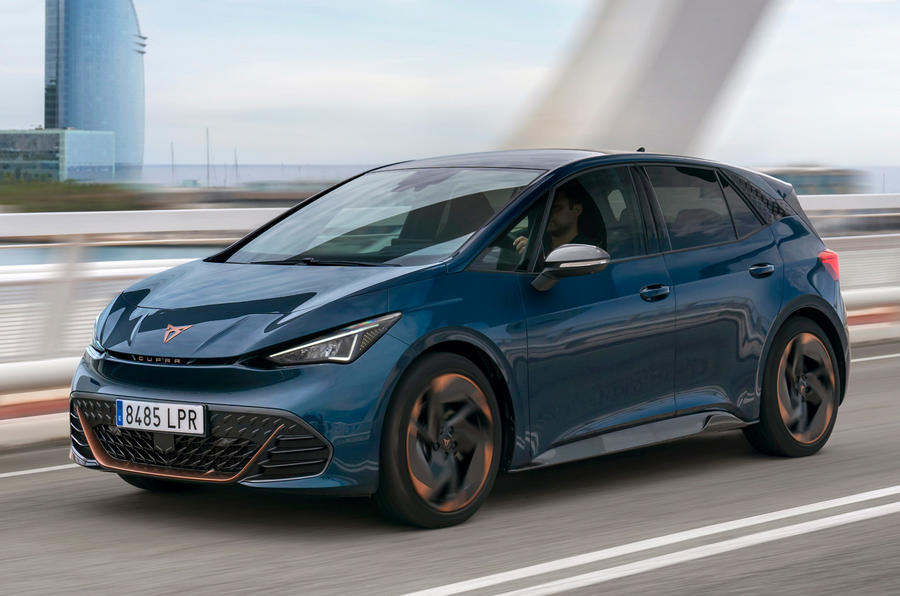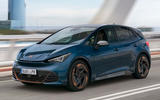It’s all too easy to get chin-scratchy in this business, surrounded as we are by other enthusiasts in the bubble of motoring journalists and PRs. But there does seem to be a theme running through various conversations going on at the moment, both inside and outside the bubble, as more and more people end up discussing how to make electric cars both exciting and different. Everyone is well aware that change is coming but no one is quite sure how it’s going to manifest itself for the people in this world who love cars.
It’s a real concern, in my opinion, as a lot of manufacturers are proposing platform sharing. The economies of scale make financial sense and, to a certain extent, it’s no different from what Volkswagen et al have been doing for years now with ICE cars, but with VW’s MEB platform and the numbers involved, it takes on a whole new meaning. Some estimates have 50 million cars being built off the underpinnings. In a world where EVs are arguably more susceptible to being homogeneous white goods, it’s a worry.
In the light of all that, step forward the latest to try and persuade that all will be okay with the strategy: the Cupra Born.

This was originally conceived as the concept Seat El-Born, but as time has gone on, the suits in the Volkswagen Group decided to launch it as a Cupra. It makes sense: people are prepared to pay more for a Cupra, and with a starting price of around £31,500 for the most basic model (exact prices will come in December 2021), it ain’t as cheap as customers expect of a Seat.
On paper, things are looking good. It’s the Cupra version of the Volkswagen ID 3, so by definition (hopefully) the slightly sportier one, with more ‘emotion’. It’s a “new era” for Cupra and the first all-electric car it’s made.
Leaning heavily on the MEB platform, it gets a mid-mounted skateboard battery (housed within an aluminium structure but still weighing a chunky 350-odd kilos) in three different sizes: 45kWh, 58kWh and 77kWh. Those equate to ranges between 211 and 336 miles, along with three different power levels. We tried both the mid- and top-spec 201bhp and 228bhp (the latter thanks to a temporary, 30sec e-boost mode, accessed by pressing down hard on the accelerator), but a lower-powered 148bhp version will also be available.
Charging times are competitive with rivals', adding 62 miles (100km) in seven minutes with a 125kW DC charger or 5% to 80% in 35 minutes. There’s also a range of Cupra-branded home chargers, should you so wish for the marketing symmetry.











































Add your comment